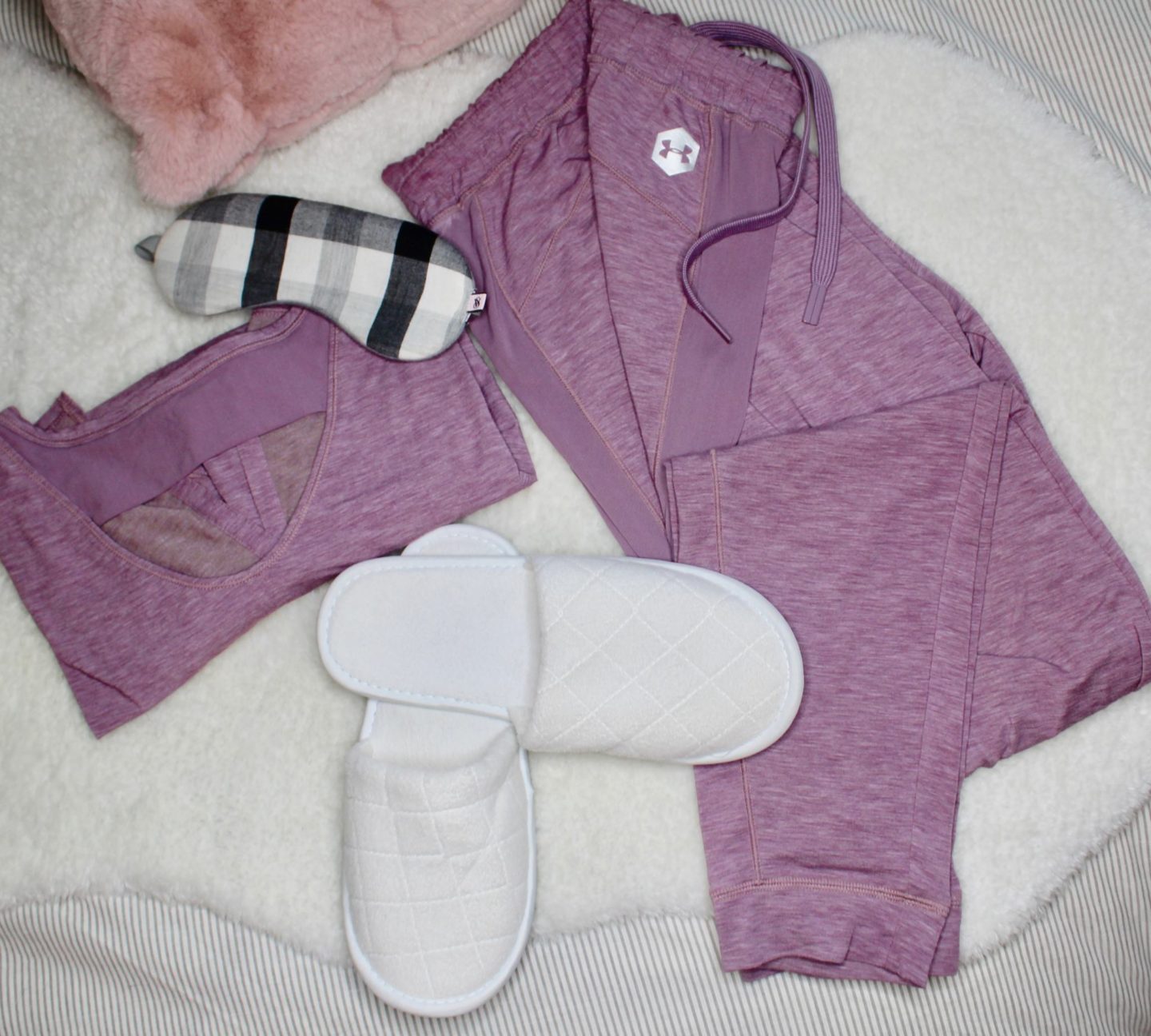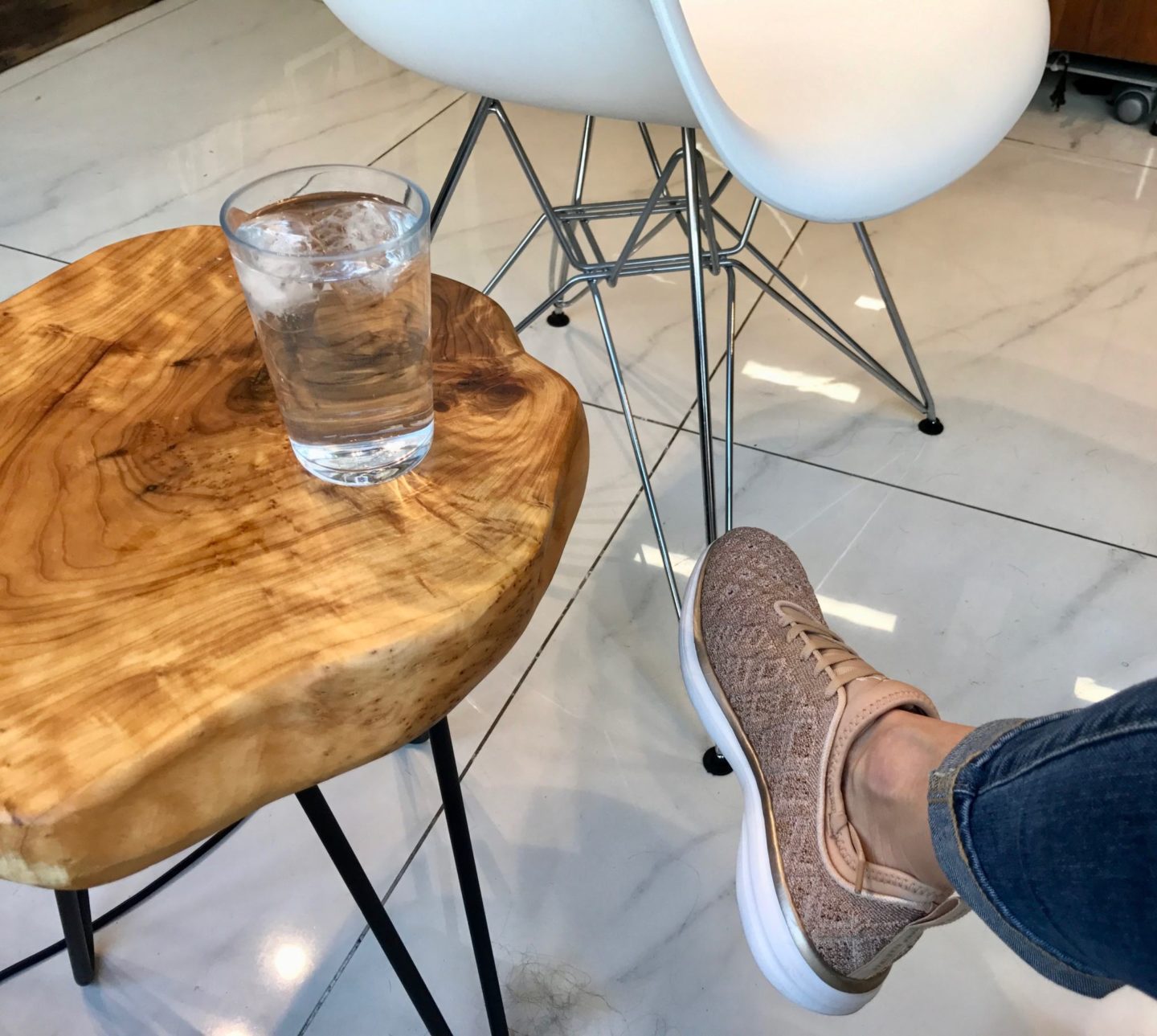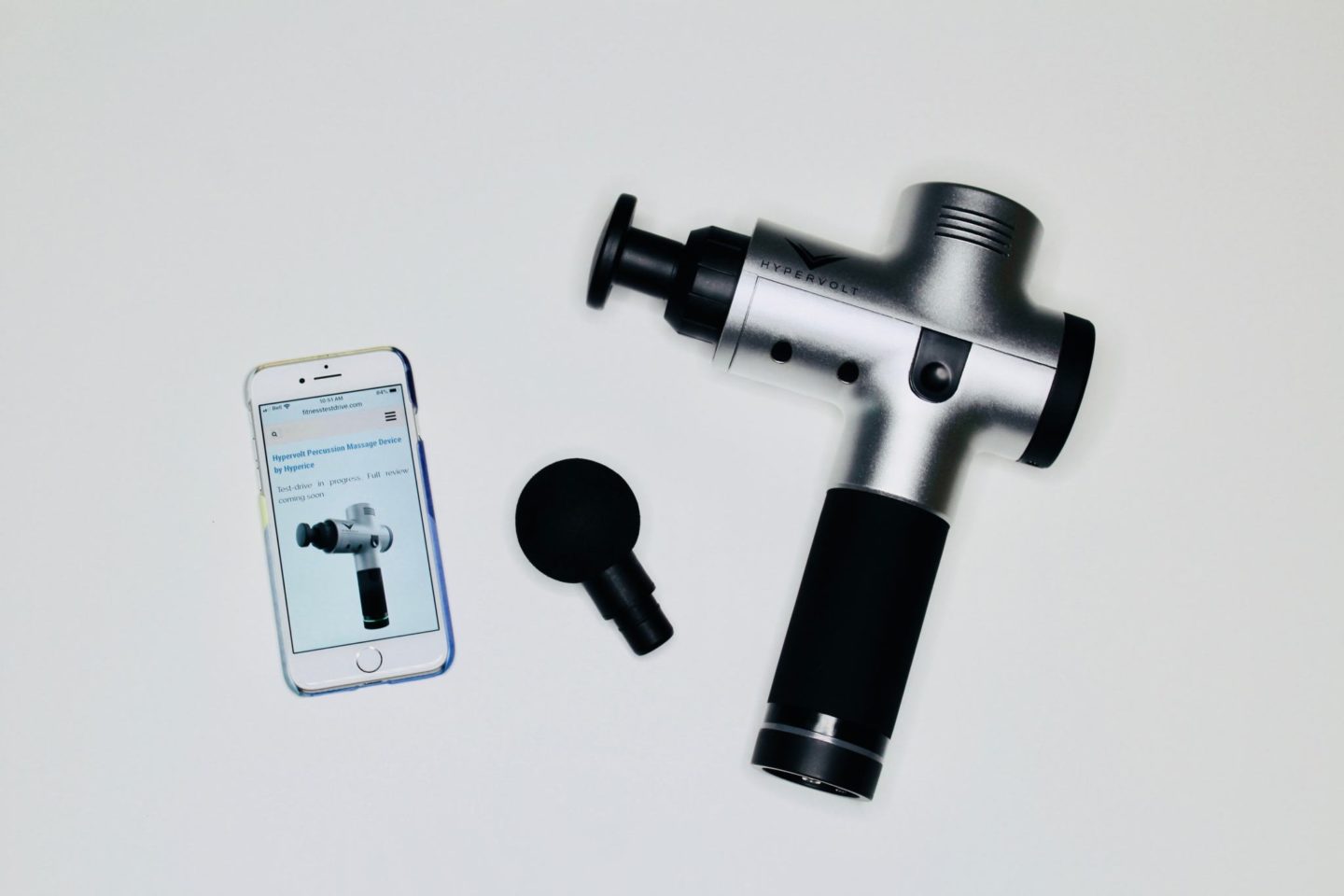
Hypervolt Massage Device By Hyperice
What It Is: The Hypervolt from Hyperice is a handheld massage device designed to accelerate post-exercise muscle recovery and improve circulation—it’s part of a huge fitness trend right now toward exercise recovery. I wanted to do this Hypervolt review because I’ve heard that regular self-massage can promote better overall health and wellness. Has it worked? Read the review.
What You Might Not Know: The Hypervolt and others like it on the market are known as a Percussion Massage Device or massage gun (sounds like an oxymoron) due to how they pulse and apply pressure on muscle tissue. You can increase this pressure on the Hypervolt with three different pulsation speeds, or by how lightly/firmly you dig this puppy into your muscles.
Feelin’ the Love: The Hypervolt is one of those items I didn’t know I needed until I had it. I once test-drove a vibrating foam roller, which I liked, but it didn’t necessarily feel like a massage. The Hypervolt does.
Besides that, my Hypervolt review illuminated how easy it is to zero in on specific body parts for better blood flow and less tightness; in my experience, vibrating foam rollers don’t provide that kind of exact targeting.
What Makes Hypervolt Different?
The Hypervolt device looks a lot like a drill with a rubberized handle for a comfortable grip (apparently, people DIY these devices using actual drills—no thanks, I’m not that handy and it sounds dicey anyway).
Unlike a drill and compared to other products out there, the Hypervolt is decently quiet, especially at its lowest vibration frequency, because of what they call Quiet Glide™ Technology. Whatever the tech, I just appreciate that it’s not too loud; quiet gels well with the whole self-care vibe.
Self-Massage For Exercise Recovery: Hypervolt Review
Unless I hit a particularly jammed-up spot, using the Hypervolt actually feels pleasant on muscles in my legs, hips, glutes and feet (yes, feet). I’ve noticed it does hurt when I’ve got delayed onset muscle soreness (DOMS) though, even on the lightest pulsation setting.
To remedy that, I pull out my Hypervolt preemptively—massaging muscles a few hours after intense exercise. The goal is to stimulate blood flow, deliver nutrients to the muscles and promote something called fascial glide, where the body’s natural lubricant enables ease of motion at a fascial level.
Pro tip: Since these devices encourage blood flow and proprioception (i.e., sensory info from the body), you could also use the Hypervolt before exercise to prime yourself for an active warmup.
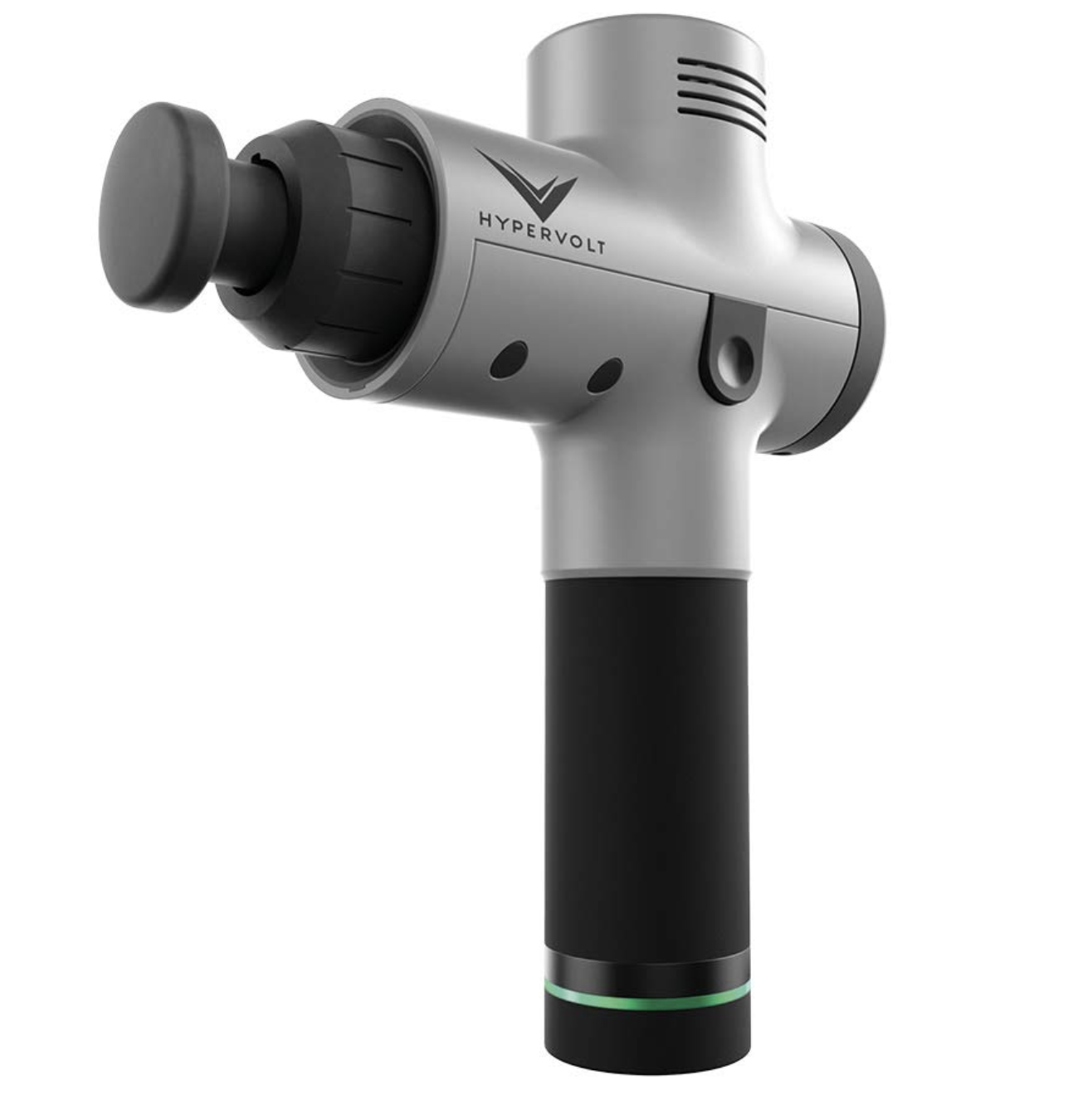
How to Use a Percussion Massage Device
Percussion massage isn’t just for the lower body. It’ll mitigate muscle tension and improve range of motion around the arms, chest and upper back, too. But if I’m being honest, I don’t love that vibrating sensation anywhere near my head.
Too bad, because my upper traps are nothing but knots, thanks to my #writerlife and iPhone addiction. What to do? Seeking expert advice, I called my friend and colleague Chad Benson (@prepair2perform). Not only is he a master trainer for Hyperice with an MSc in Kinesiology, he’s smart AF about anything related to exercise physiology.
I explained my reluctance, and he told me to avoid pressure that feels like deep massage in the upper body. “Use only the lightest percussion setting and try a technique called feathering,” he said. That’s when you hold the Hypervolt at an angle, gently gliding the attachment head along the muscle’s edge (also, def steer clear of the spine—and all bones for that matter). His advice helped!
You can use this feathering technique anywhere on your body for a feel-good massage. And when you need something more intense—to get at deeper muscle layers, for example—increase pressure so you drive directly into a sensitive spot.
With Chad’s tutorial in mind, I’ve been using my Hypervolt most days for about a month—it’s been a good way to establish regular self-care. And in doing so, I have noticed a difference in muscle stiffness (less of it) and general wellbeing (more of it). Even my stubborn upper traps feel better. Overall, the process is making me mindful of time spent on exercise recovery.
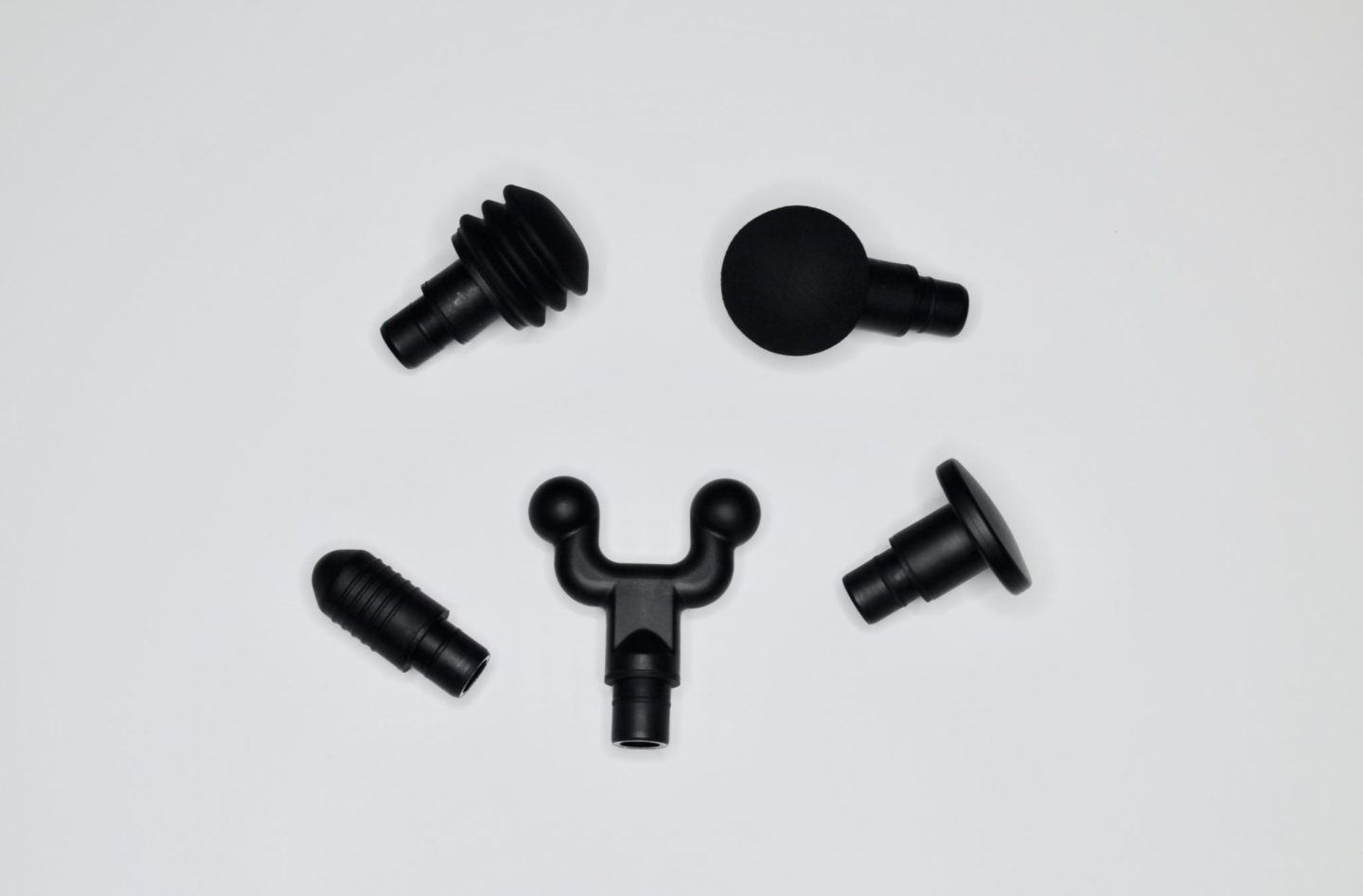
If I Could Change One Thing: Massage devices like this one are common in training studios and physical therapy offices—and most of these experts know how to use them. Trouble is, I suspect the average fitness fan (and even some fitness pros) don’t really get how to make the most of this device.
For example, the Hypervolt comes with five head attachments for various purposes (e.g., going deep versus mellow massage). It bugs me that there are no meaningful instructions in the box on how to use the damn thing; at the very least, I’d like to know which attachment to apply when and where. A basic infographic would do the trick.
Having said that, there are helpful videos posted on Hyperice’s website that provide some recommendations about which attachment to try. And they also have a YouTube channel that demos how to use the Hypervolt on various body parts (and with which attachments).
I’m partial to this vid…
Should You Buy It? At about $300 USD ($500 CND), it’s an investment (be aware: there are also cheaper knock-offs that look just like the OG Hypervolt). Let me be candid: For about the same price, my first choice might be another fit-tech tool like Apple Watch. However, I’ve also spent the equivalent on just a few massage appointments. Considering that, plus the quality-of-life value associated with unjamming stiff muscles, the cost starts to look justifiable.
In the end, if you’re committed to the benefits of exercise recovery and feeling flush enough to splurge on the latest health-boosting tech, the Hypervolt percussion massage device is worth checking out. Find it at Amazon.com in the U.S. and 360 Athletics in Canada.

